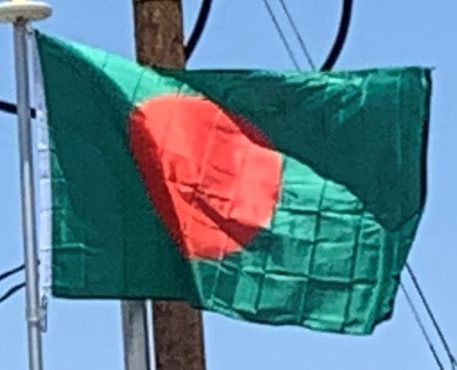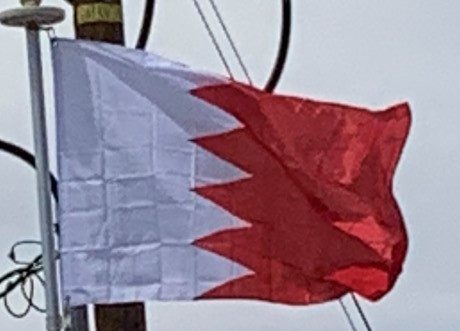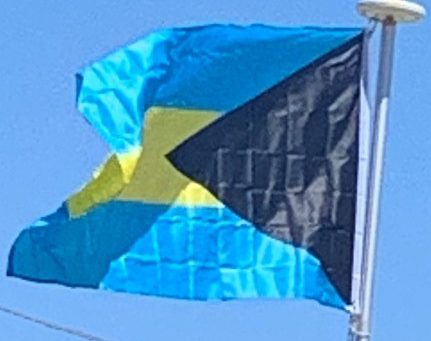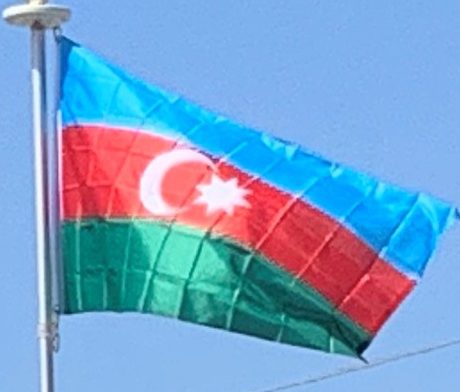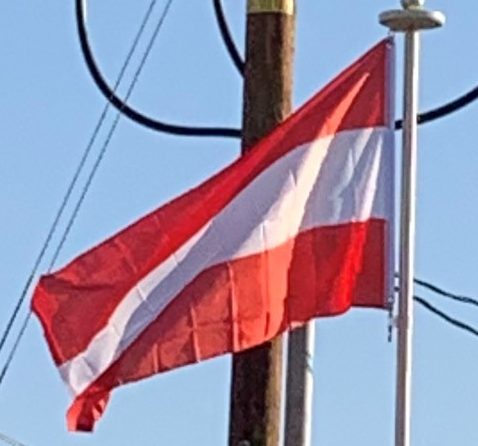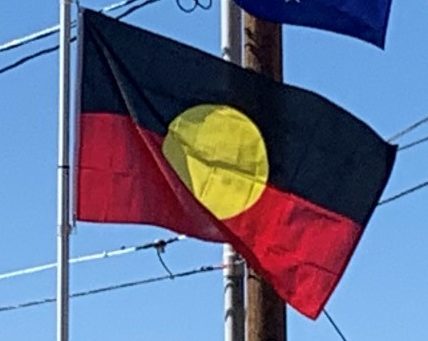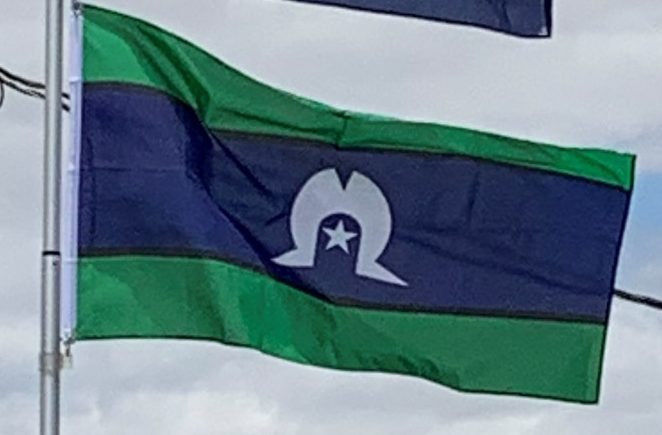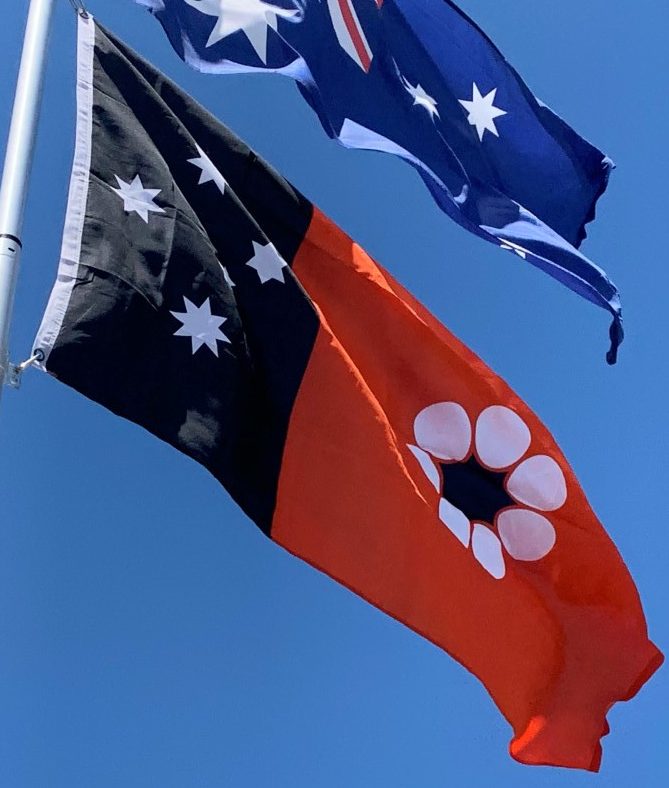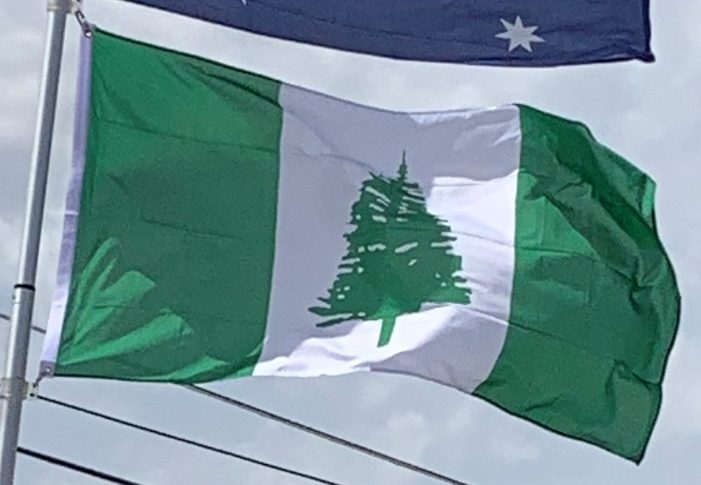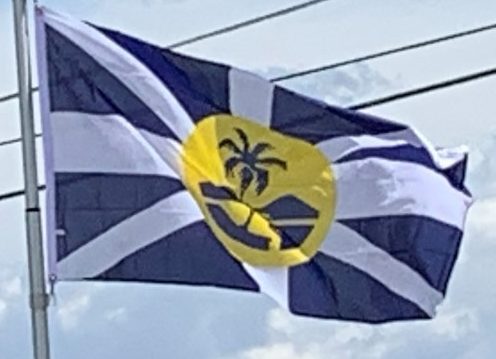Bangladesh
The national flag of Bangladesh was adopted officially on 17 January 1972. It consists of a red disc on top of a green field. The red disc is offset slightly toward the hoist so that it appears centred when the flag is flying. The red disc represents the sun rising over Bengal, and also the blood of those who died for the independence of Bangladesh. The green field stands for the lushness of the land of Bangladesh. The flag is similar to the Japanese flag, with the difference being the Japanese flag depicting the red disc centered on a white field.
The flag is based on a similar flag used during the Bangladesh Liberation War of 1971, which had a yellow map of the country inside the red disc. In 1972 this map was removed from the flag. One reason given was the difficulty for rendering the map correctly on both sides of the flag. The Green part of the flag is irrelevant to Islam.
The first version of the flag was designed and made by a section of student leaders and activists of Swadheen Bangla Nucleus on 6 June 1970, at room 108 of Iqbal Hall (now Sergeant Zahurul Haq hall), Dhaka University. The flag was made from donated clothes.
